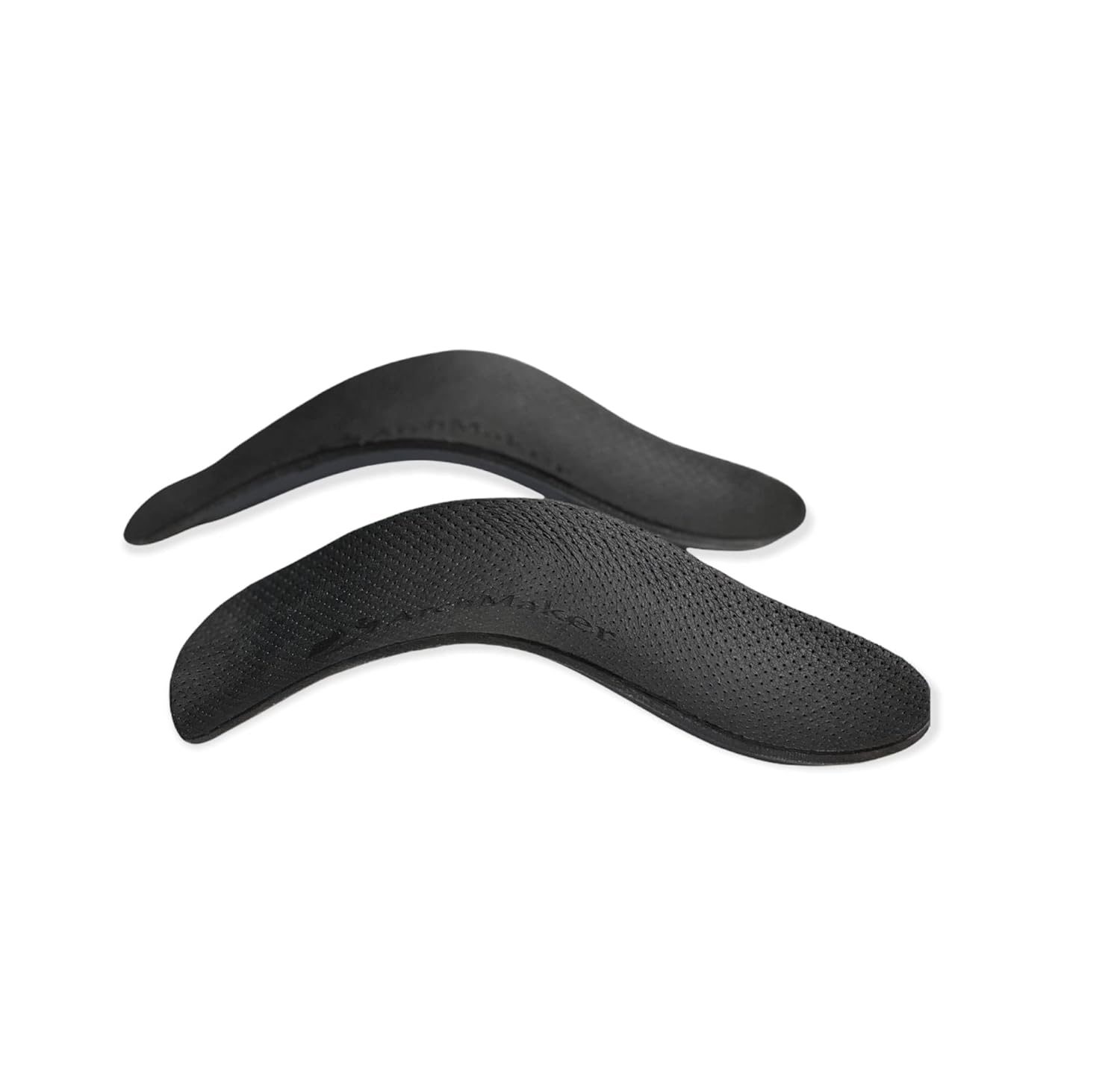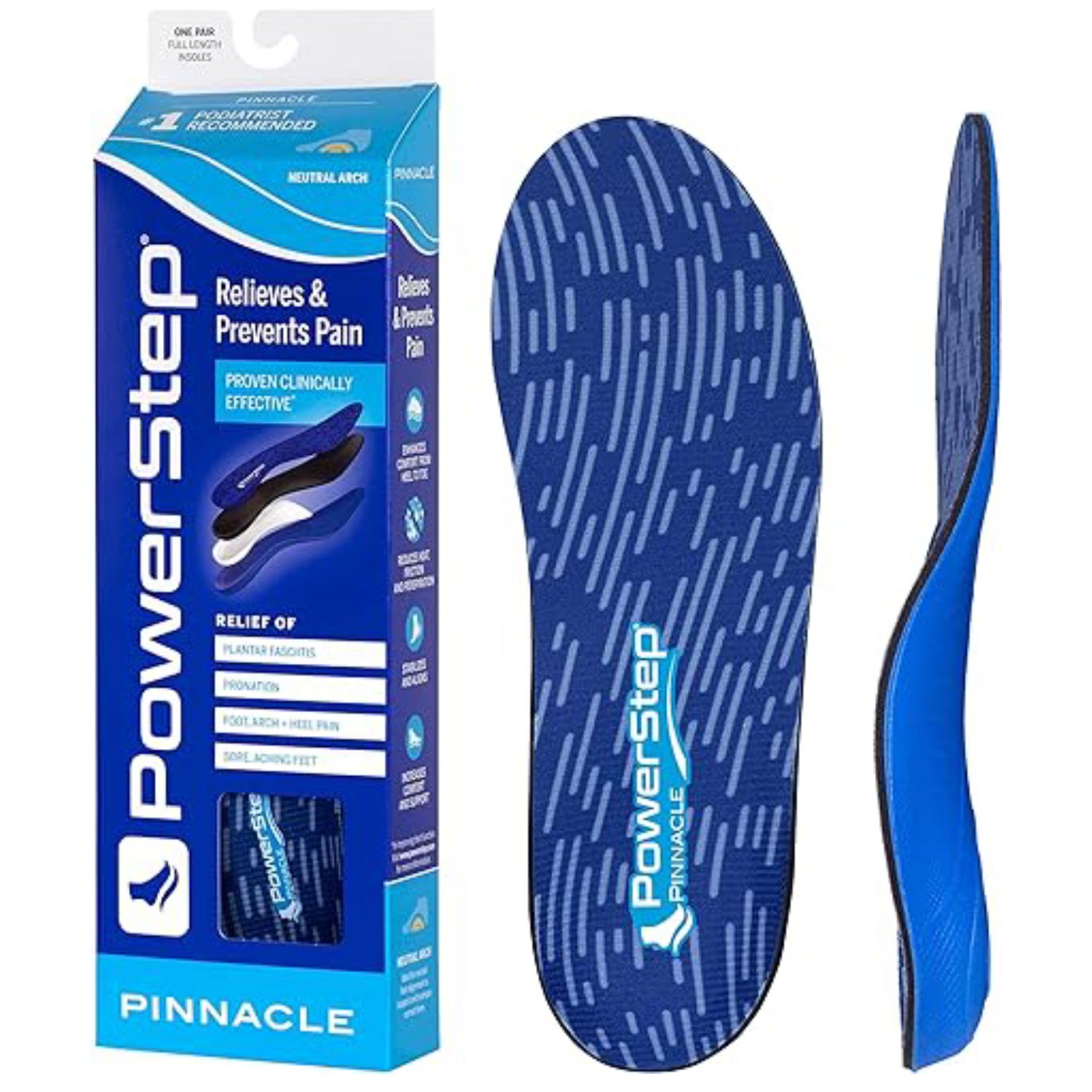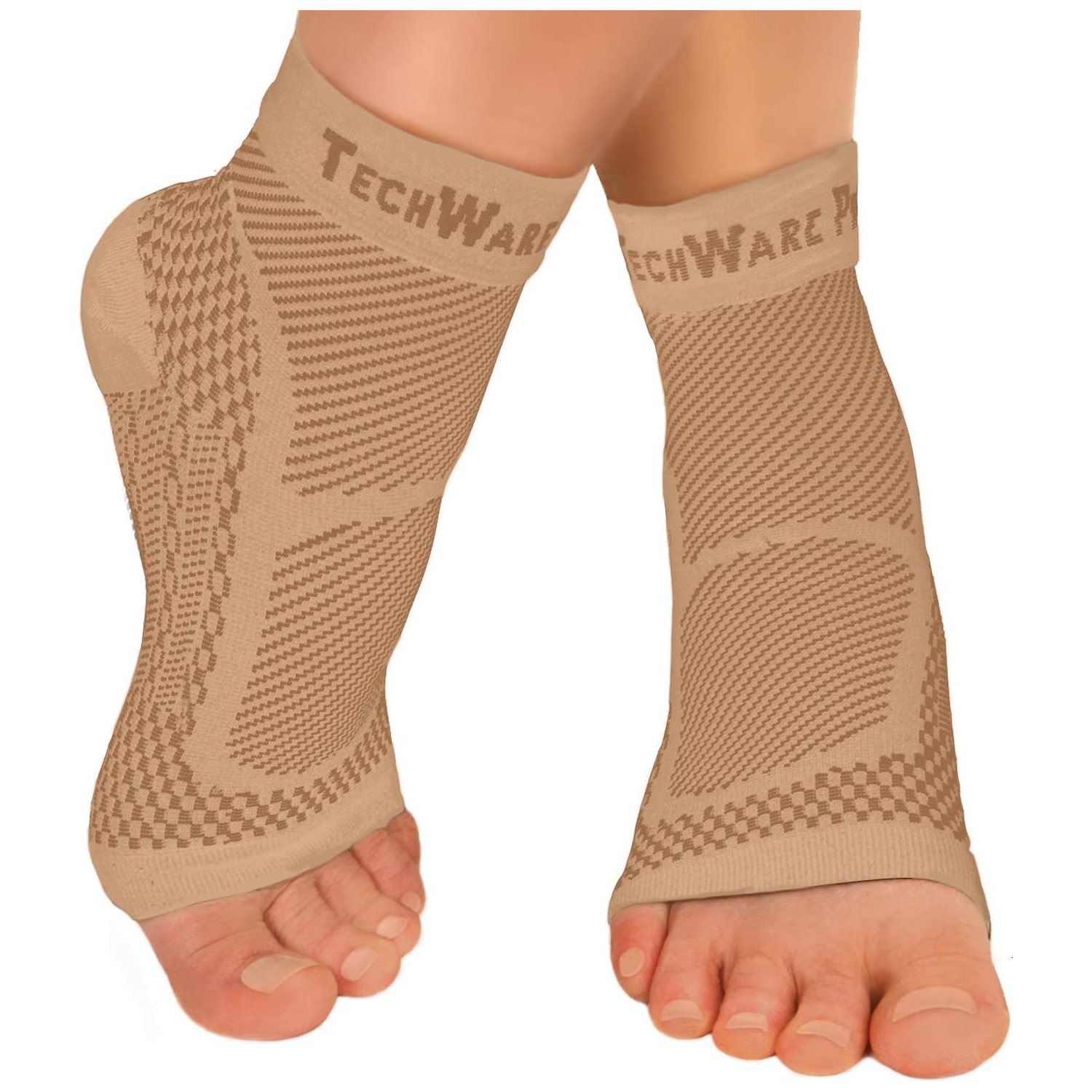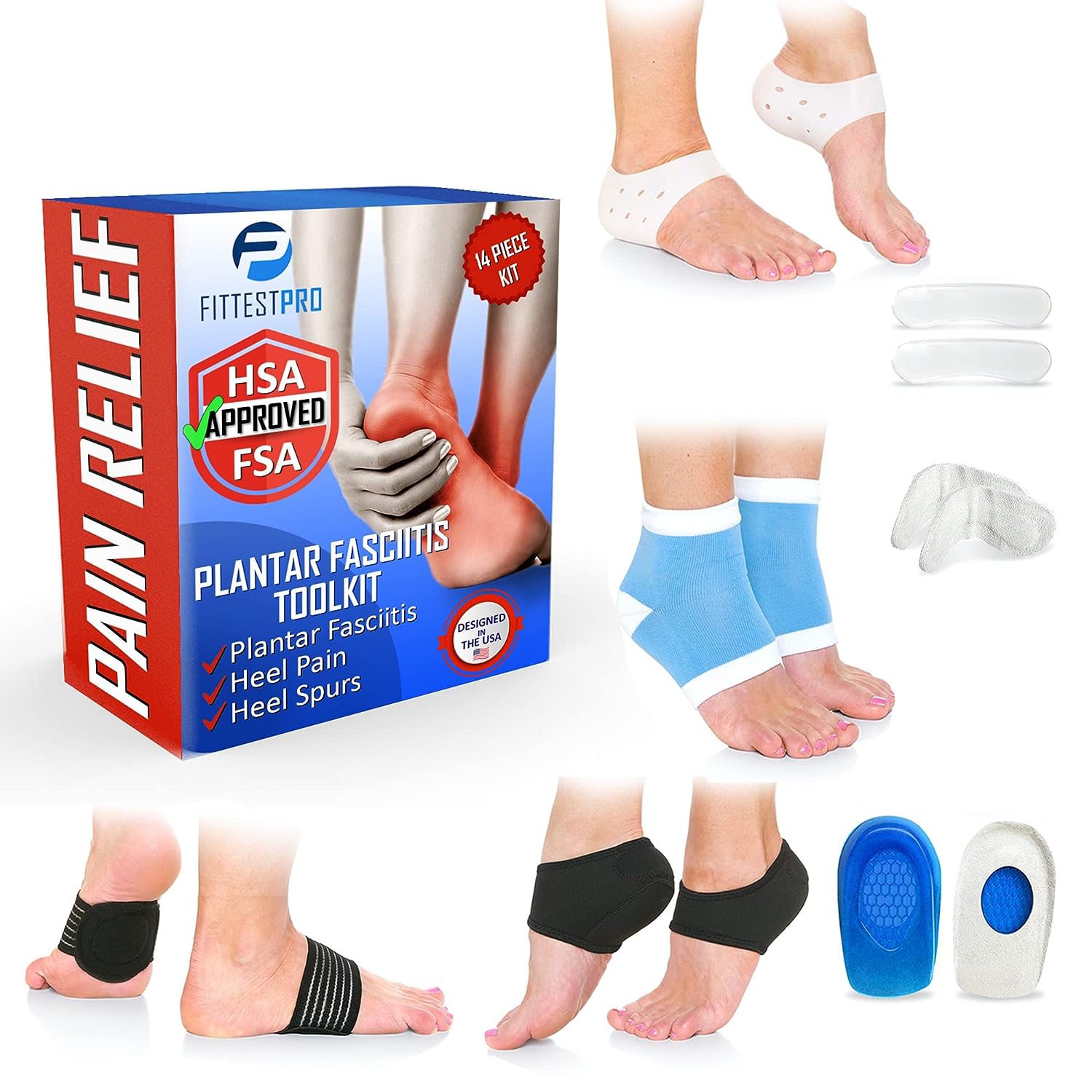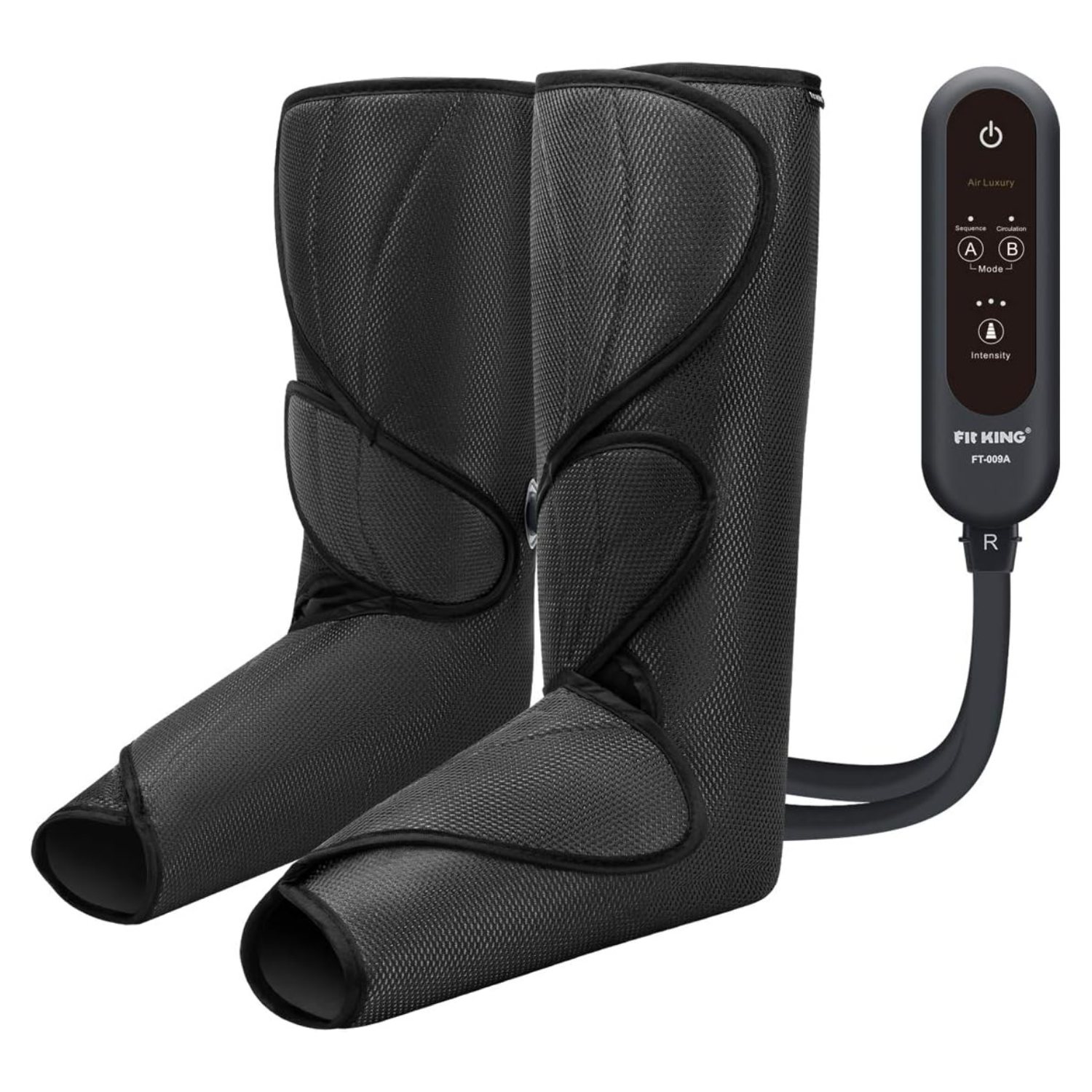Don’t Let Your Muscles Forget: A Guide to Muscle Amnesia and Its Connection to Foot Health
We’ve all heard the saying, “it’s like riding a bike,” meaning once you learn something, you’ll never forget it. But what happens when your muscles do forget? In the realm of foot health, this phenomenon has a significant impact, especially when it comes to issues like plantar fasciitis. So, let’s explore the mysteries of muscle amnesia and how we can keep our muscles in top form.
The Memory Game: Muscle Memory vs. Muscle Amnesia
First things first, let’s clarify what we mean by muscle memory. Muscle memory is the body’s ability to remember specific movements after repeated practice. It’s like your muscles learning a dance routine over time. With Archmaker, for instance, we aim to release the plantar fascia muscle and stretch the extensor muscles on the top of the foot through repeated actions. This eventually becomes second nature to your muscles, reducing the risk of plantar fasciitis.
But, just like our brains can forget things over time, our muscles can suffer from “muscle amnesia.” This means that your muscles forget how to perform a certain action properly, leading to reduced performance, inefficiency, and sometimes even pain and injury. In the context of plantar fasciitis, muscle amnesia can result in inflexibility and discomfort due to neglect.
Preventing Muscle Amnesia with Muscle Activation
So, what can we do to prevent muscle amnesia and keep our muscles sharp and ready for action? The answer lies in muscle activation exercises, also known as neuromuscular activation exercises. These exercises work to fire up a muscle in the way it’s supposed to function.
The science behind Archmaker involves these muscle activation exercises. By targeting specific muscle groups during dynamic warm-up workouts, we help reprogram your muscles’ memory.
For example, holding your foot in plantarflexion (toes pointed down) for 30 seconds can release the plantar fascia muscle. It’s like a wake-up call for your muscles, reminding them of their job.
Another fun exercise is the alphabet drawing with your toes. This dynamic movement engages the plantar fascia muscle, helping it remember its purpose.
Muscle activation is all about contracting the muscle, which is the opposite of stretching. Both stretching and muscle activation are essential for maintaining muscle health and flexibility, and they should be a part of your routine for all muscle groups involved in your activities.
Your muscles play a crucial role in your overall well-being, especially when it comes to foot health. Muscle memory is fantastic, but muscle amnesia can be a bit of a bummer. So, make friends with muscle activation exercises to ensure that your muscles don’t forget their dance moves.
By actively engaging your muscles and incorporating these neuromuscular activation exercises into your routine, you can enhance your performance, reduce the risk of injuries, and, in the case of plantar fasciitis, improve flexibility and minimize discomfort. Your muscles will thank you, and so will your happy, healthy feet!
